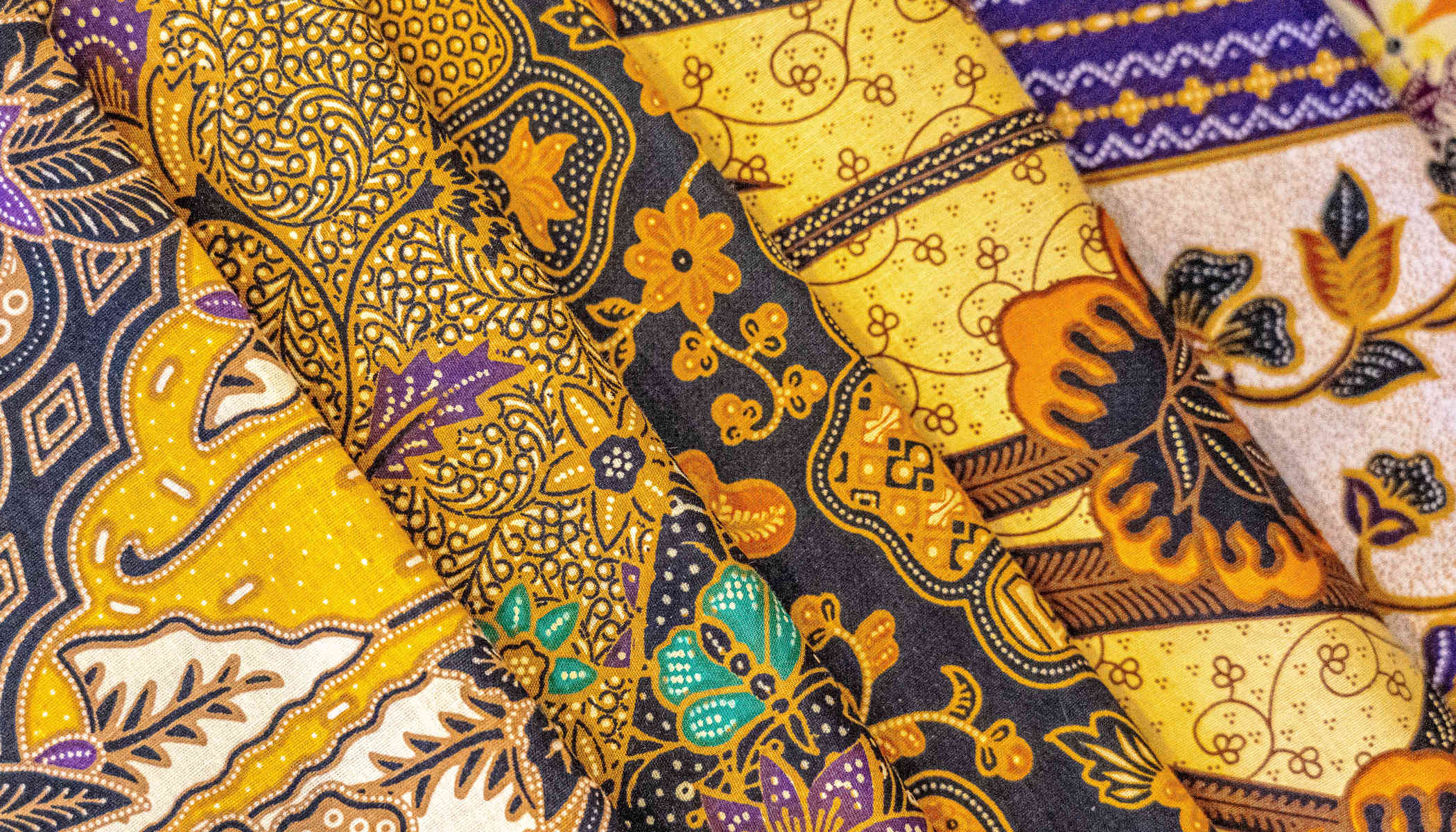
Different types of fabrics used in Indian fashion
The history of Indian fabrics dates back thousands of years, as does the dying and merging of said fabrics to create unique clothing styles. This is how Indian fashion was born. The natural materials the country was and still is enriched with helped it grow into a leading producer and distributor of fashion culture.
Global trade systems through India were, in many ways, formed around the distribution of these textiles, and it continues to be a huge part of the culture to this day. Raw materials like cotton and silk are extremely sought after because of their specific properties that are seen to be useful for all sorts of fashion, but Indian fashion is at the forefront of lots of this innovation. Other materials like wool and jute might not be as common, but they are still found and utilised within the Indian culture for the purpose of fashion and beyond.
Fabrics influence the culture and the culture influences the world’s fashion industry. Which are the prominent fabrics used for fashion in India, and whether it’s because they are fortunate enough to have the natural fibres or they are just gifted in creating designs, why are they so popular? Here is a rundown of all the fabrics you will find being used to create all the wonderful outfits that come from India
Cotton
One of the reasons that cotton is one of the most popular fabrics globally is its versatility. Another is its cost. It is lightweight and can be manipulated to suit any number of styles and designs. China and the USA produce large quantities of the fabric, but India is also right up there with them. Cotton is made from the cotton plant, which is found everywhere in India and is produced regularly for this sole purpose. Cotton fabric is comfortable to wear, and its accessibility makes it an easy solution when producing any sort of fashion.
Its versatility means it can be integrated with other fabrics to make new ones. Satin, Denim and Polyester all sometimes use cotton in their production.
Linen
Being stronger and more absorbent than cotton, Linen is a bit more difficult to make, meaning it is a bit more expensive. However, it does dry quicker, and because of its make up it always feels cool. Its properties also mean it does come with one or two drawbacks alongside the price. For example, it isn’t especially durable, and can break if dried and folded in the same places. The fact that it is very strong and lacks elasticity contributes to this, which means it is not incredibly versatile either. It is manufactured from the flax plant which is grown in many of the major Indian states.
Silk
Silk is made from the silkworm, of which many variations can be found around India. Not only do the silkworms themselves produce a variety of results depending on what region they are from, but they are also woven in different ways meaning that there is a huge variety in the types of silk. Its shiny nature, which is due to the prism-like structure of it, is very desirable in indian fashion and fashion as a whole. It also has other properties such as the fact that it’s light and can produce different colours. India is one of the top producers of silk in the world alongside China. Silk is particularly popular when making a Sari, and is often the fabric of choice due to its lightweight feel.
You can also find silk in the form of Rayon fabric. Although Rayon is naturally occurring it resembles most of the main characters of silk giving its name “Artificial Silk”. This is an alternative when thinking about producing silk-based fashion. Satin is another similarly glossy material which is produced from other fabrics like silk, cotton and more.
Wool
Although it is still found in Indian fashion, the fact that wool is generally thicker and made for cooler weather means that it isn’t necessarily needed in India. Another reason you don’t see wool much is that it isn’t produced much in the country. Wool comes from sheep and not many sheep are bred in India, but they are bred in countries like Australia, New Zealand and China. Although very little Indian fashion is made of wool, there is a niche market for it, and one which many designers see as an opportunity to be creative with it.
Jute
Jute on the other hand is very much a product of India. Coming from the Jute plant, India is the biggest producer of Jute fabric in the world, followed closely by neighbours Bangladesh. It is what’s classed as a vegetable fabric due to its natural plant-based origins and it is notoriously cheap to produce. Regardless, it is strong and in addition to being used for clothing, you can find it being used to make bags and ropes too.


Leave a comment
This site is protected by hCaptcha and the hCaptcha Privacy Policy and Terms of Service apply.